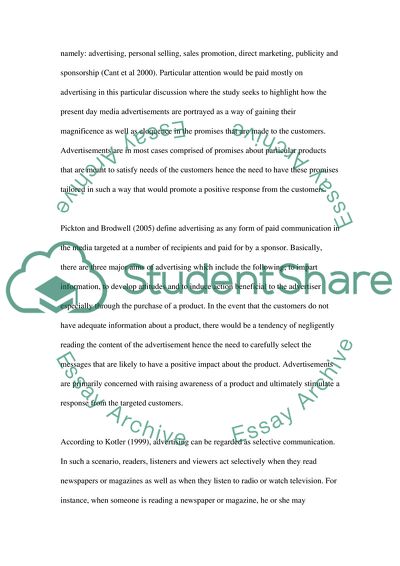Cite this document
(An Integrated Marketing Communications Perspective Dissertation, n.d.)
An Integrated Marketing Communications Perspective Dissertation. Retrieved from https://studentshare.org/marketing/1724627-marketing-communcation
An Integrated Marketing Communications Perspective Dissertation. Retrieved from https://studentshare.org/marketing/1724627-marketing-communcation
(An Integrated Marketing Communications Perspective Dissertation)
An Integrated Marketing Communications Perspective Dissertation. https://studentshare.org/marketing/1724627-marketing-communcation.
An Integrated Marketing Communications Perspective Dissertation. https://studentshare.org/marketing/1724627-marketing-communcation.
“An Integrated Marketing Communications Perspective Dissertation”, n.d. https://studentshare.org/marketing/1724627-marketing-communcation.


